11 Cult Classic Films That Shaped Pop Culture
Some movies may not have been huge hits when they first came out, but they went on to shape pop culture in big ways. These cult classics are packed with unforgettable characters, scenes, and quotes that still show up in fashion, music, and even memes today. Watching them is like getting a crash course in the references and styles that continue to influence movies and fans everywhere.
This post may contain affiliate links, which helps keep this content free. Please read our disclosure for more info.
The Rocky Horror Picture Show (1975)
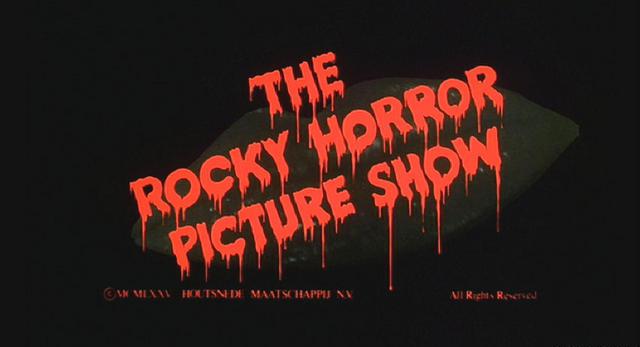
This wild mix of campy horror, comedy, and rock music turned into the ultimate midnight movie experience. Fans showed up in costume, shouted lines back at the screen, and threw props during key moments, making it more than just a film. Its flamboyant style and catchy songs left a mark on both theater culture and fashion.
Tim Curry’s performance as Dr. Frank-N-Furter cemented the film’s legendary status. It continues to attract new generations who want to experience its blend of parody and rebellion. Few movies can claim to have built a worldwide ritual around watching them, but this one did.
Donnie Darko (2001)
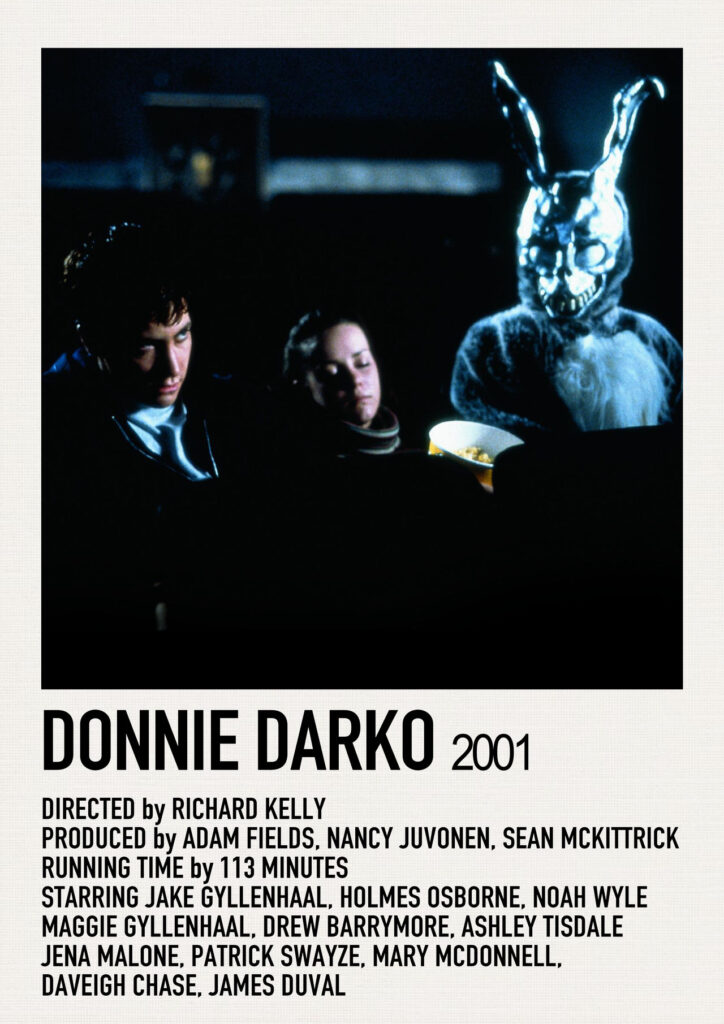
When it first released, Donnie Darko was a box office flop, but it quickly found life on DVD and late-night cable. With its eerie atmosphere, confusing timeline, and giant rabbit named Frank, it became a favorite among young viewers who debated its meaning endlessly online. Its haunting use of ’80s music added to its cult reputation.
The film also gave Jake Gyllenhaal one of his breakout roles. Its mix of suburban angst and time travel themes resonated with teens and young adults, making it a touchstone of early 2000s pop culture. Even today, references to “Frank” or “Cellar Door” instantly connect fans.
Pulp Fiction (1994)
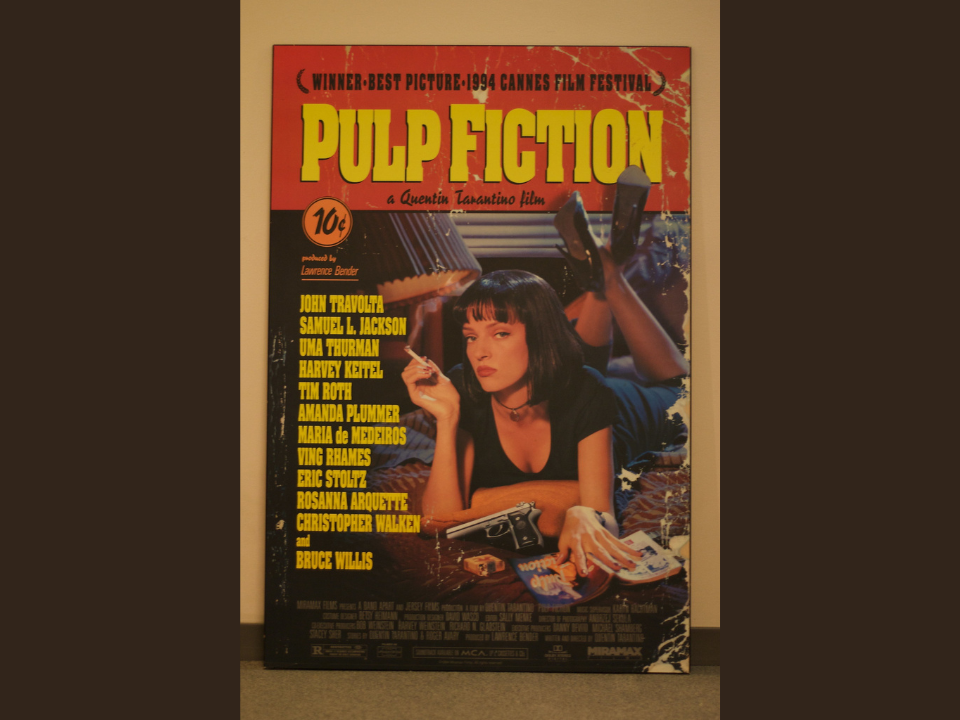
Quentin Tarantino’s crime saga redefined how stories could be told on screen. The film’s out-of-order structure, paired with razor-sharp dialogue, made it a standout in the ’90s independent film movement. Scenes like the diner robbery or the dance contest between Uma Thurman and John Travolta became instantly iconic.
It influenced an entire generation of filmmakers, who tried to mimic its style and nonlinear storytelling. The movie’s mix of violence and humor struck a chord, and its lines are still quoted daily. Pulp Fiction didn’t just entertain audiences; it changed what mainstream audiences expected from film.
Fight Club (1999)
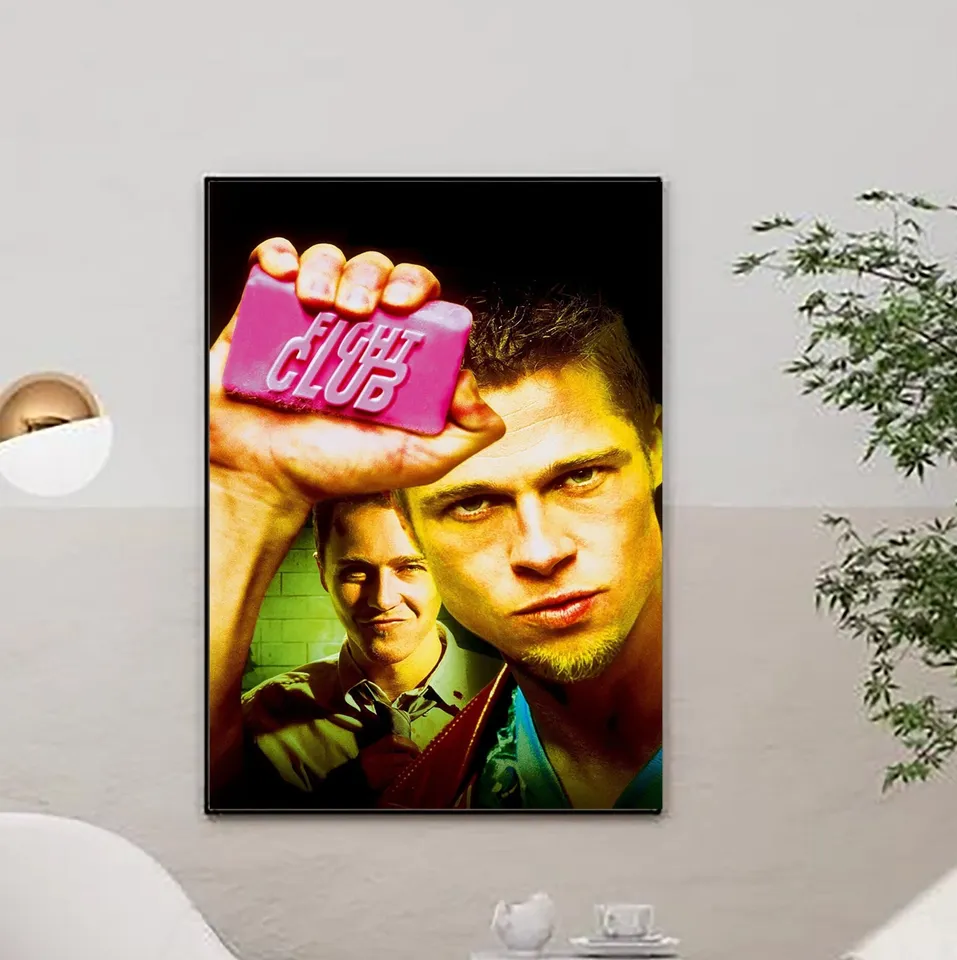
Initially misunderstood, Fight Club grew into one of the most quoted films of its era. Its commentary on consumer culture and identity struck a nerve, especially with young men who saw it as a form of rebellion. The twist ending only added to its notoriety, keeping people talking for years.
Brad Pitt’s portrayal of Tyler Durden turned the character into a pop culture antihero. The film also spawned countless parodies and internet references, from soap imagery to “the first rule of Fight Club.” Despite controversy, its presence in online culture is impossible to ignore.
Heathers (1989)
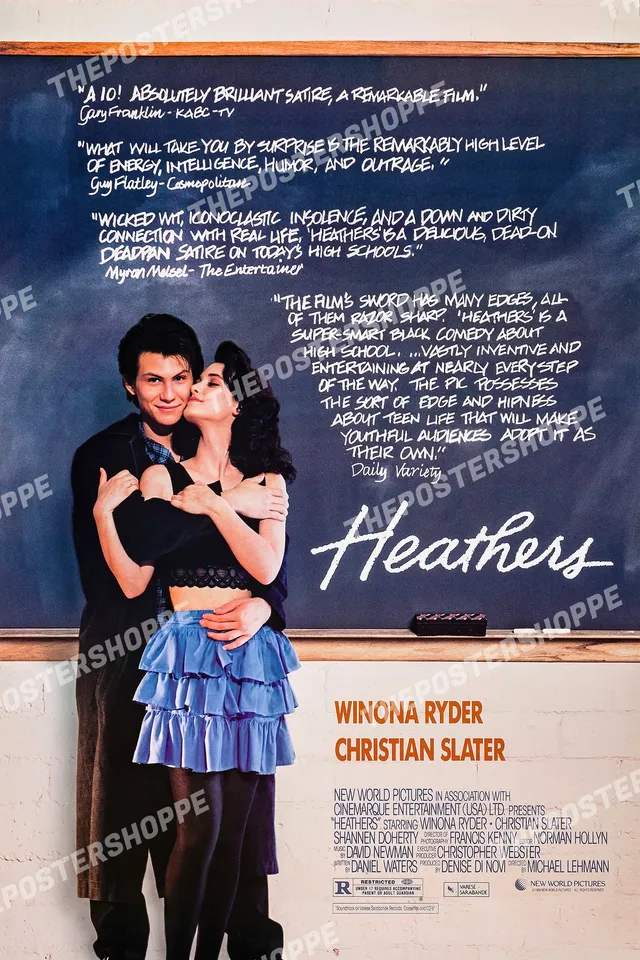
Before Mean Girls, there was Heathers. This dark teen comedy dissected high school cliques with biting wit and shocking violence. Its mix of teenage cruelty and satire made it stand apart from the usual glossy ’80s teen movies.
Winona Ryder and Christian Slater’s performances helped cement the film’s edgy tone. The movie’s quotable lines and subversive take on popularity turned it into a cult treasure. Its influence shows up in countless teen comedies that followed, proving its lasting impact.
The Breakfast Club (1985)
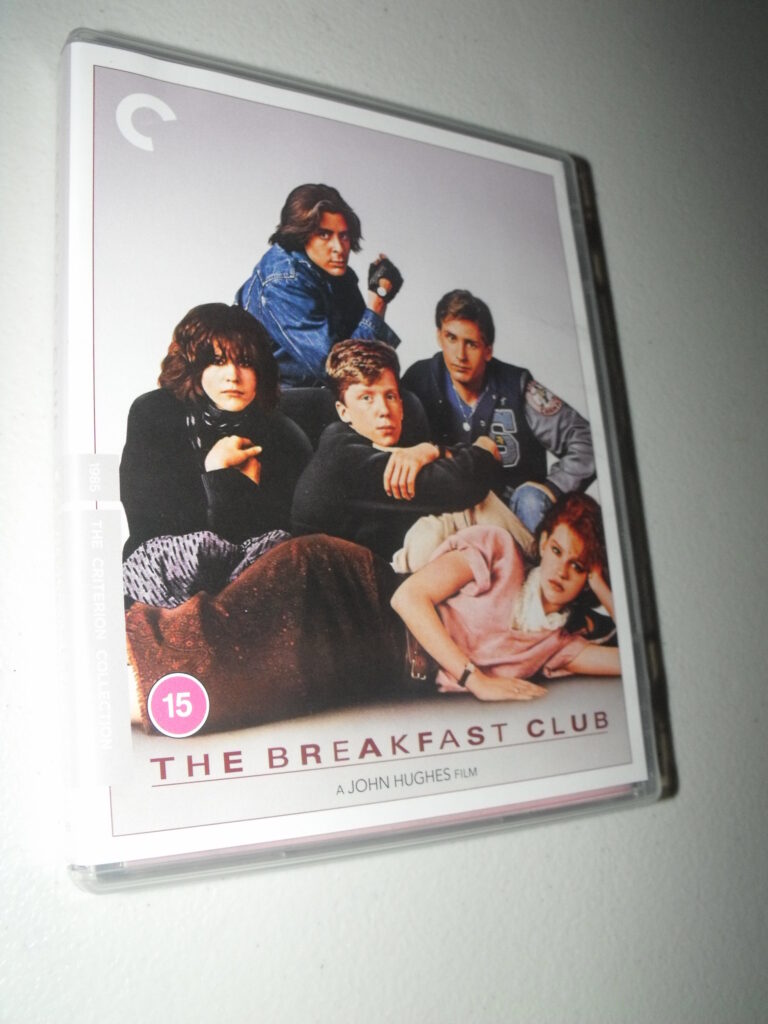
The Breakfast Club captured the emotional reality of teenagers stuck in detention together. Each character represented a high school stereotype, from the jock to the rebel. Over the course of one Saturday, those walls broke down, creating something universal for audiences.
John Hughes’ film resonated with viewers who recognized themselves in its characters. The iconic ending, with Judd Nelson raising his fist to Simple Minds’ “Don’t You Forget About Me,” remains one of the most recognizable images of the ’80s. It set the tone for countless teen dramas that came after.
Blade Runner (1982)
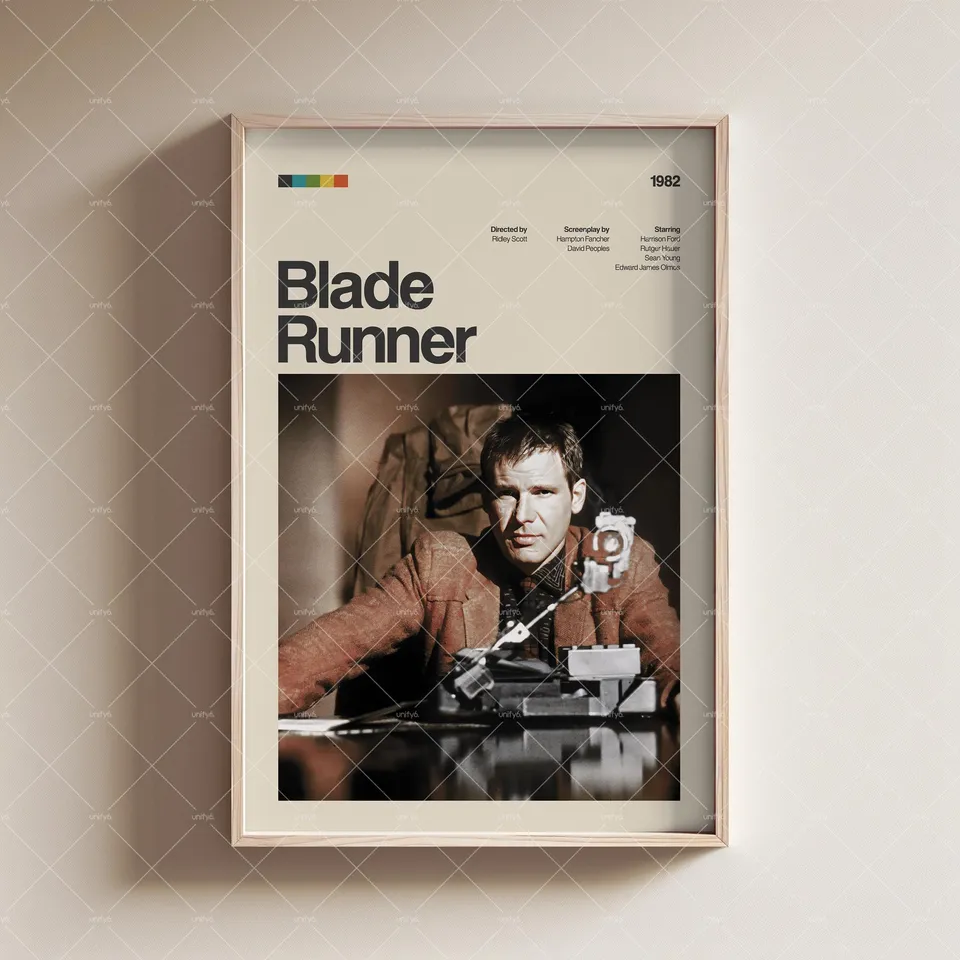
Ridley Scott’s Blade Runner didn’t become an instant hit, but its vision of a neon-drenched future changed sci-fi forever. Its cyberpunk style influenced everything from video games to fashion. The film’s themes of identity and humanity gave it depth that kept audiences coming back.
Harrison Ford’s weary performance as Deckard anchored the story, while Rutger Hauer’s “tears in rain” speech became unforgettable. Over time, multiple cuts of the film only added to its mystique. Today, its visual style is still echoed in countless movies and shows.
A Clockwork Orange (1971)
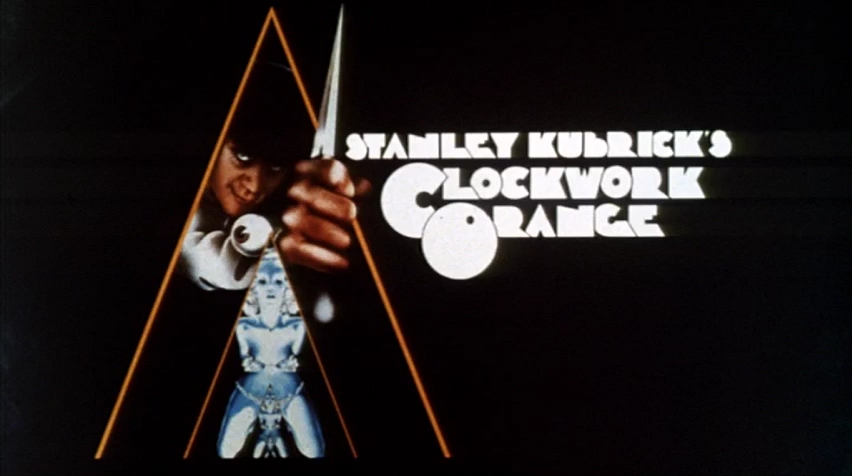
Stanley Kubrick’s controversial adaptation of Anthony Burgess’s novel shocked audiences with its violent imagery. Its unique slang, stylized violence, and unforgettable visuals made it one of the most debated films of the ’70s. The imagery of Alex and his droogs remains instantly recognizable.
Though banned in some countries for decades, the film never lost its cultural weight. Its disturbing yet stylish vision has been referenced in fashion, music, and advertising. Few films spark as much conversation decades later as this one.
Napoleon Dynamite (2004)
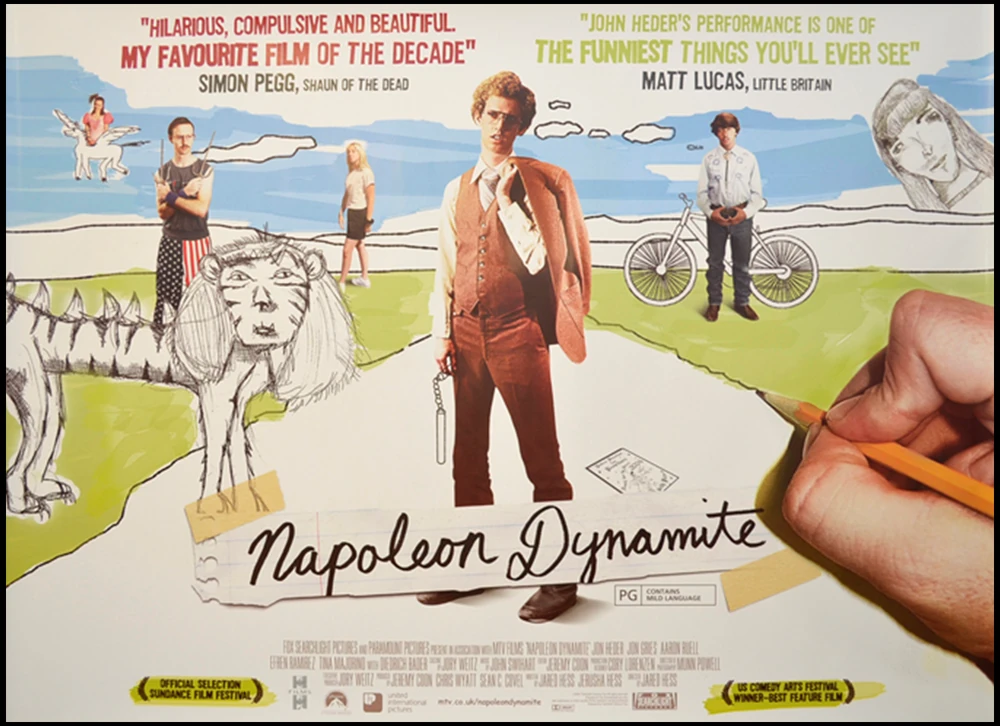
Napoleon Dynamite was unlike anything else in theaters at the time. Its offbeat humor, awkward characters, and deadpan delivery struck a chord with audiences. The film’s rural setting and quirky style made it stand out in an era of polished comedies.
Lines like “Vote for Pedro” and “Gosh” became part of everyday conversation. Fans embraced its underdog characters and oddball charm. What seemed like a small indie quickly became a cultural phenomenon that still gets quoted today.
Eraserhead (1977)
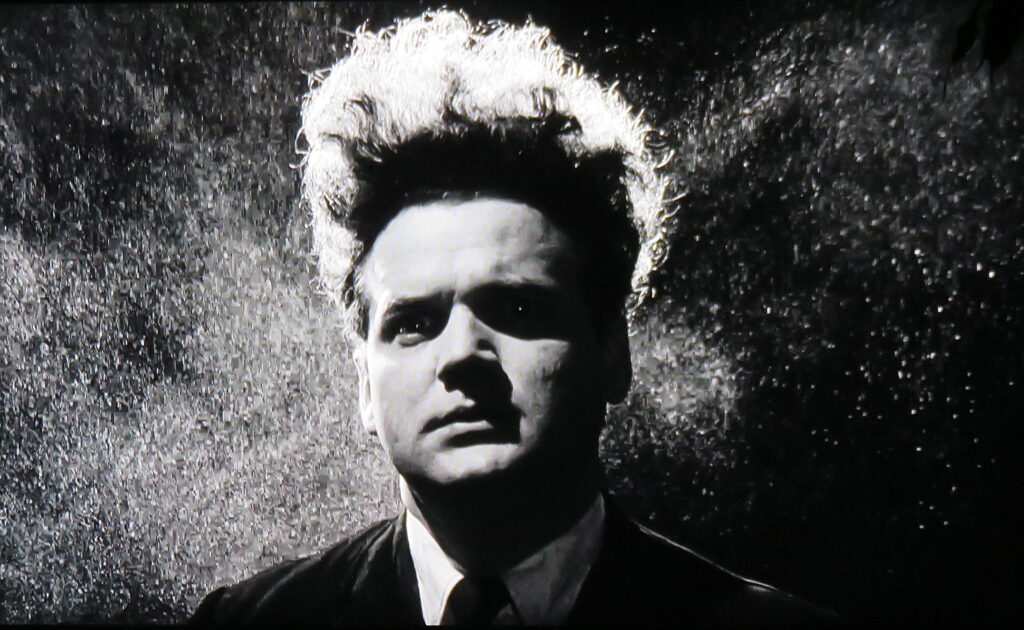
David Lynch’s first feature was strange, unsettling, and hard to categorize. Its nightmarish imagery and haunting sound design confused critics but fascinated film students and art fans. The movie’s surreal quality made it stand apart from anything else of its time.
Over the years, Eraserhead became a rite of passage for cinephiles who wanted to experience something truly different. Its industrial landscapes and disturbing visuals influenced Lynch’s later work and beyond. While not easy viewing, it remains one of the defining cult films.
Beetlejuice (1988)
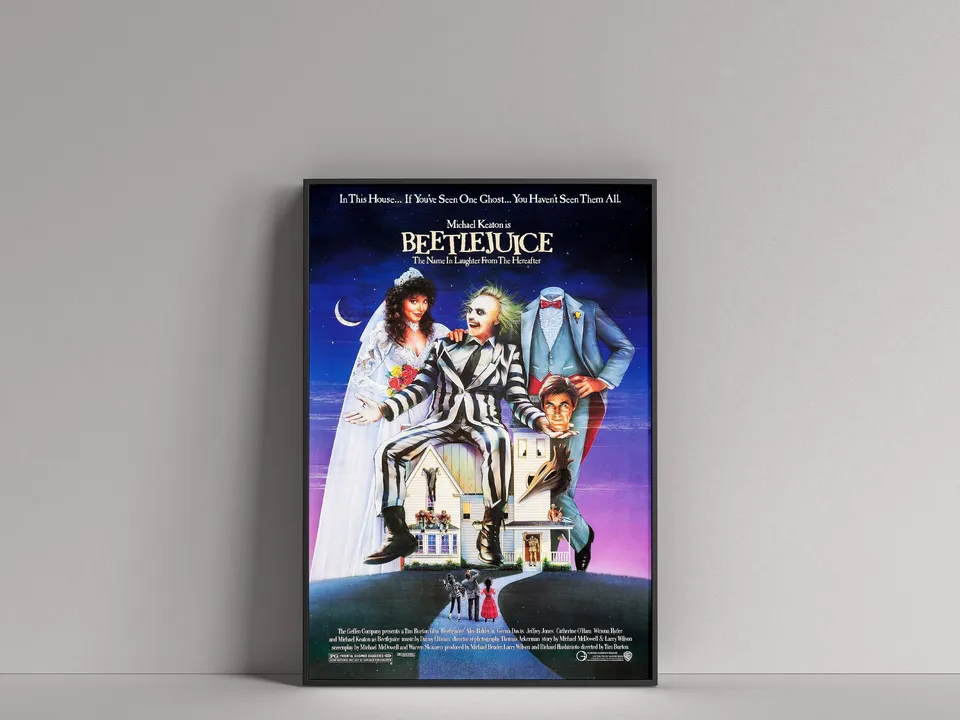
Tim Burton’s mix of comedy and horror created one of the most unique films of the ’80s. Michael Keaton’s chaotic performance as Beetlejuice stole every scene and gave the film its wild energy. The gothic visuals and playful tone turned it into an instant classic.
The movie’s quirky humor and memorable characters spawned an animated series and even a Broadway musical. Its mix of the spooky and silly made it accessible to both kids and adults. To this day, “Beetlejuice” is a name that instantly brings a grin.
This article originally appeared on Avocadu.
